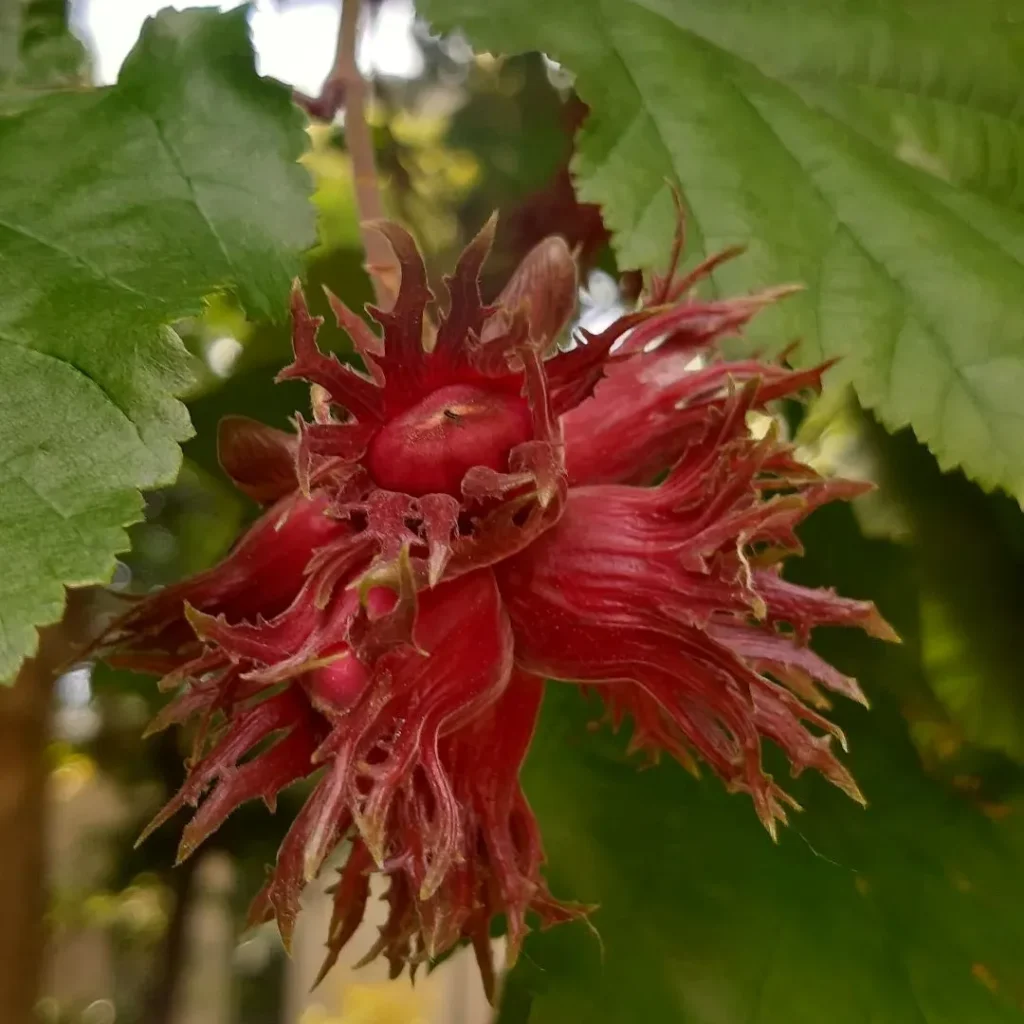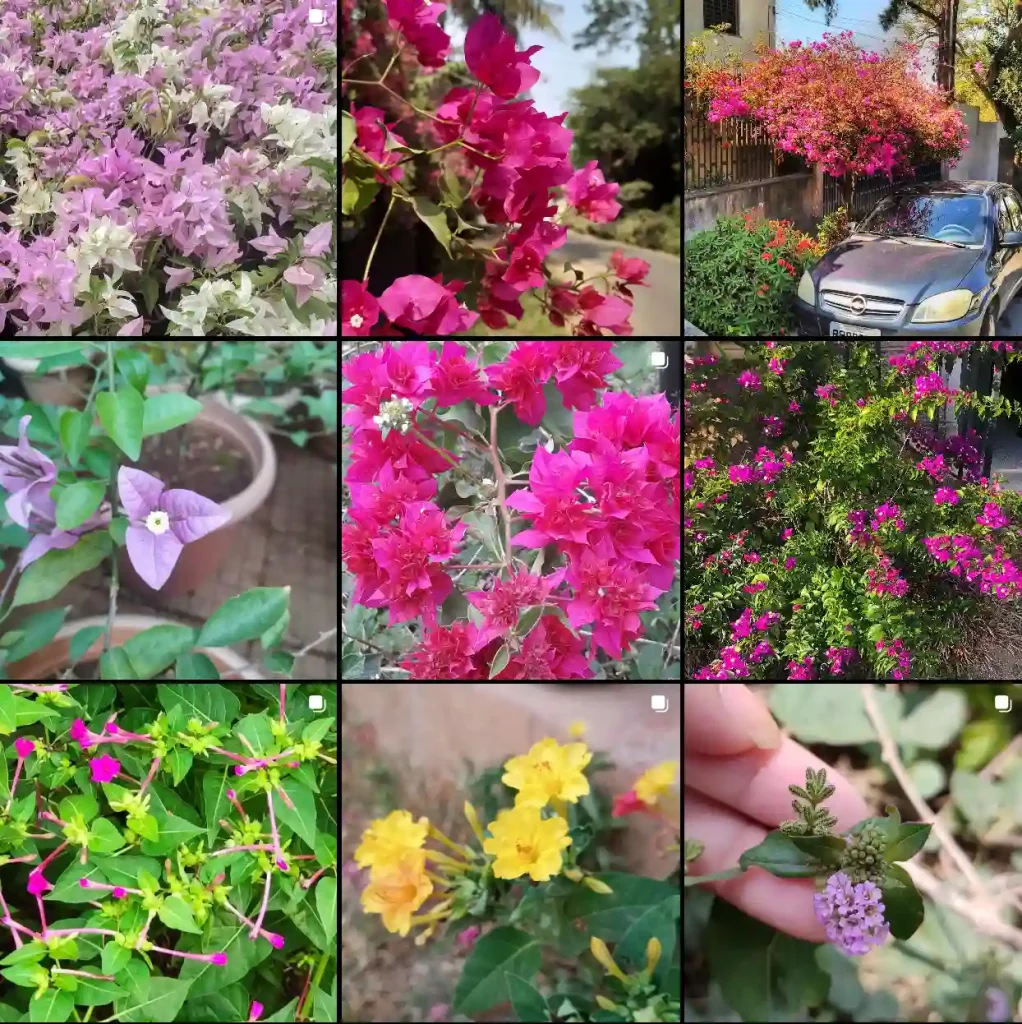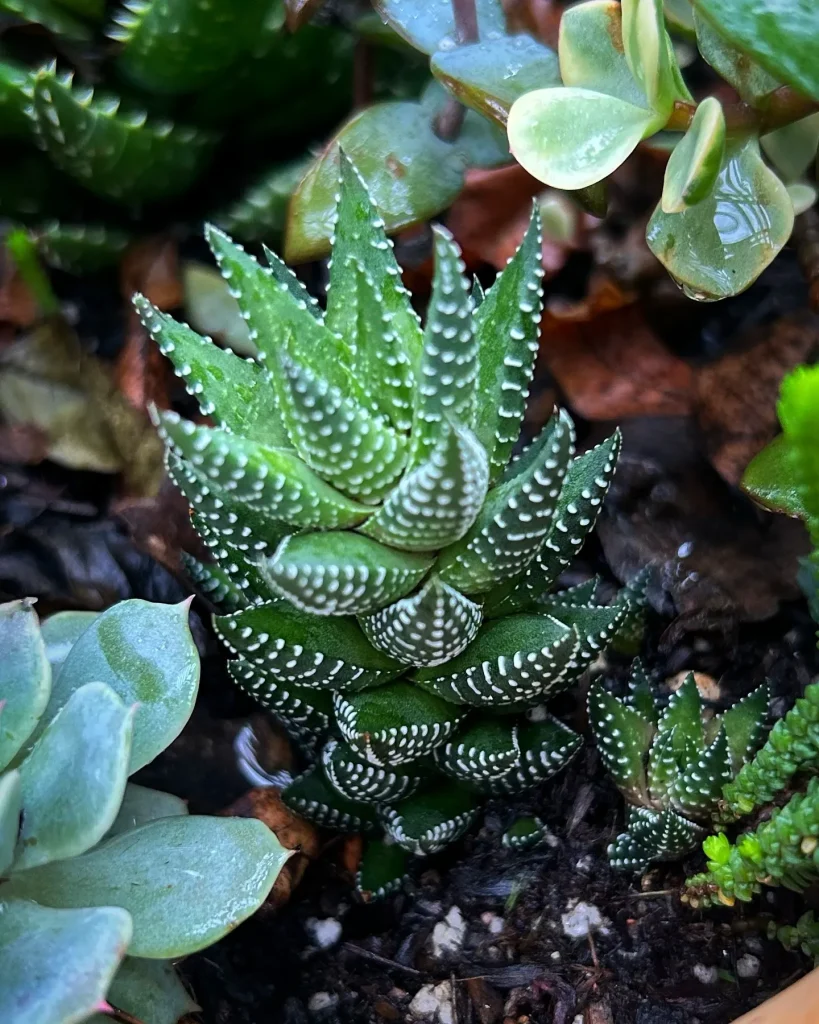Aglaonema Silverado: Your Guide to the Stunning Low-Maintenance Houseplant
Hi, Ferb Vu here! Today, we’re diving into the world of the Aglaonema Silverado, a houseplant that’s as captivating as it is easy to care for. Whether you’re a seasoned plant parent or a curious beginner, this guide will equip you with everything you need to know about bringing a touch of lush greenery and effortless elegance into your home.
26 Species in Genus Aglaonema
What is an Aglaonema Silverado?
The Aglaonema Silverado, also known as the Silverado Chinese Evergreen, is a tropical stunner native to the lush rainforests of Southeast Asia. It boasts a unique beauty with its broad, elongated leaves. The star of the show is the foliage – a captivating mix of silvery-green variegation in the center, contrasted by a dark green border with flecks of deeper emerald throughout.
This attractive plant adds a touch of the tropics to any indoor space. But beyond its aesthetics, the Silverado is prized for its resilience. It’s a low-maintenance houseplant, perfect for busy individuals or those new to the plant parenthood journey.
Aglaonema Silverado vs. Other Chinese Evergreens
The Aglaonema family is vast, with over 50 known varieties. While the Silverado shares some characteristics with its cousins, it has its own distinct charm. Here’s a quick comparison:
- Silver Bay Aglaonema: Often mistaken for the Silverado, the Silver Bay features similar elongated leaves. However, the Silver Bay has a more prominent silver variegation and a less defined green border.
- Red Aglaonema: This variety stands out with its vibrant red or pink hues splashed across the foliage. It requires slightly brighter light than the Silverado.
- Golden Aglaonema: Known for its bright yellow variegation, the Golden Aglaonema thrives in brighter indirect light compared to the Silverado’s preference for medium light.
Ultimately, the “best” Chinese Evergreen depends on your personal preference and lighting conditions. But the Silverado’s unique foliage and ease of care make it a popular choice for many plant enthusiasts.
How to care for Aglaonema Silverado?
Here’s the good news: the Silverado is a forgiving plant that doesn’t demand a lot of attention. Let’s explore the key aspects of Silverado care:
- Light: Medium, indirect light is ideal. Avoid harsh, direct sunlight, which can scorch the leaves.
- Watering: Water thoroughly when the top inch of soil feels dry to the touch. Overwatering is a common mistake, so err on the side of underwatering.
- Humidity: As a native of the tropics, the Silverado appreciates higher humidity levels. Grouping plants together, using a pebble tray, or employing a humidifier can help create a more humid microclimate.
- Soil: Well-draining, aerated potting mix is essential. A mixture of potting soil, perlite, and orchid bark can provide optimal drainage and aeration.
- Fertilizer: During the growing season (spring and summer), a balanced liquid fertilizer diluted to half strength can be applied once a month. Withhold fertilizer during fall and winter.
Is the Aglaonema Silverado toxic?
Yes, the Silverado, like most Chinese Evergreens, is mildly toxic. The sap and leaves can cause irritation if ingested, so keep it out of reach of children and pets.
Why are the leaves of my Aglaonema Silverado turning brown?
There can be a few reasons. The most common culprit is overwatering. Ensure the soil dries slightly between waterings. Brown leaves can also be a sign of low humidity or exposure to excessive sunlight.
Can I propagate my Aglaonema Silverado?
Absolutely! Stem cuttings or root division are popular methods for propagating the Silverado.
How big can an Aglaonema Silverado grow?
With proper care, your Silverado can reach a mature height of around 3 feet with an equal spread.
Where can I buy an Aglaonema Silverado?
Many online plant retailers and local nurseries offer the Silverado.
By following these simple guidelines, you can ensure your Aglaonema Silverado thrives and brings a touch of sophistication and verdant beauty to your home for years to come. Happy planting!
If i die, water my plants!



